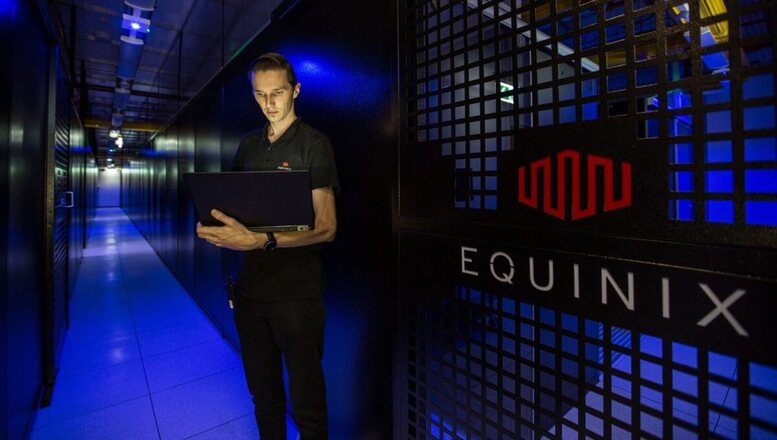
Equinix has introduced a new global initiative aimed at redefining how enterprises deploy and scale artificial intelligence (AI). At its first AI Summit, the company unveiled what it calls Distributed AI infrastructure, designed to support the next generation of intelligent systems, including the emerging class of agentic AI models capable of reasoning and acting autonomously.
The announcement signals a strategic bet by Equinix that enterprises will increasingly require infrastructure built not around static, centralized systems, but rather highly distributed networks that can handle training, inference, and data sovereignty requirements simultaneously. By leveraging its footprint of more than 270 data centers across 77 markets, Equinix is positioning itself as a platform capable of connecting disparate AI workloads at global scale.
Jon Lin, Chief Business Officer at Equinix, framed the launch as a milestone in aligning infrastructure with the distributed nature of AI. “As AI becomes more distributed and dynamic, the real challenge is connecting it all – securely, efficiently and at scale,” he said. “Our global platform provides the boundless connectivity enterprises need to move data and inference closer to users, unlock new capabilities and accelerate innovation wherever opportunity exists.”
Among the highlights of the announcement is Fabric Intelligence, a new software layer built on Equinix Fabric, the company’s on-demand global interconnection service. Available in early 2026, Fabric Intelligence will integrate directly with orchestration tools to automate connectivity decisions for AI and multicloud workloads. It uses live telemetry for observability and dynamically adapts routing and segmentation to optimize performance, reducing the need for manual network adjustments while ensuring that infrastructure keeps pace with the demands of AI.
Equinix also introduced its global AI Solutions Lab, now operational across 20 facilities in 10 countries. The lab provides enterprises with a collaborative environment to test, validate, and deploy AI services with the support of Equinix’s ecosystem of more than 2,000 partners. Enterprises can co-innovate, mitigate deployment risks, and accelerate the transition from prototype to production-scale AI, benefiting from proximity to hardware and software vendors in a vendor-neutral setting.
Upcoming Availability of GroqCloud
The company further announced the upcoming availability of GroqCloud on its platform in early 2026, enabling direct and private access to advanced inference platforms without the need for custom integrations. This addition strengthens Equinix’s AI ecosystem, allowing enterprises to connect to and scale services faster while maintaining enterprise-grade performance and security.
Equinix envisions its Distributed AI infrastructure enabling a wide range of use cases, from predictive maintenance in manufacturing and real-time retail optimization to improved fraud detection in financial services. By placing AI capabilities closer to data sources and end users, enterprises can reduce latency, comply with regional data regulations, and expand the operational reach of AI applications.
Industry analysts view the launch as a pivotal moment. Dave McCarthy, Research Vice President at IDC, warned that companies without a distributed AI strategy risk falling behind. “Equinix’s platform accelerates this shift by offering instant access to AI infrastructure, low-latency cloud connectivity, enhanced data privacy, and proximity to users – all within a rich, neutral partner ecosystem,” he said.
Ian Andrews, Chief Revenue Officer at Groq, emphasized the importance of proximity to data as inference becomes more distributed. “GroqCloud, together with Equinix’s platform, enables businesses to run AI workloads closer to where data is generated – improving responsiveness and simplifying operations at scale,” he said.
Equinix’s move underscores a broader industry recognition that the next wave of AI innovation requires not just more powerful models, but also infrastructure capable of supporting their distributed, real-time nature. By aligning its network, data center presence, and ecosystem to these demands, the company is seeking to establish itself as a central hub for enterprises navigating the shift toward scalable, distributed AI deployments.


